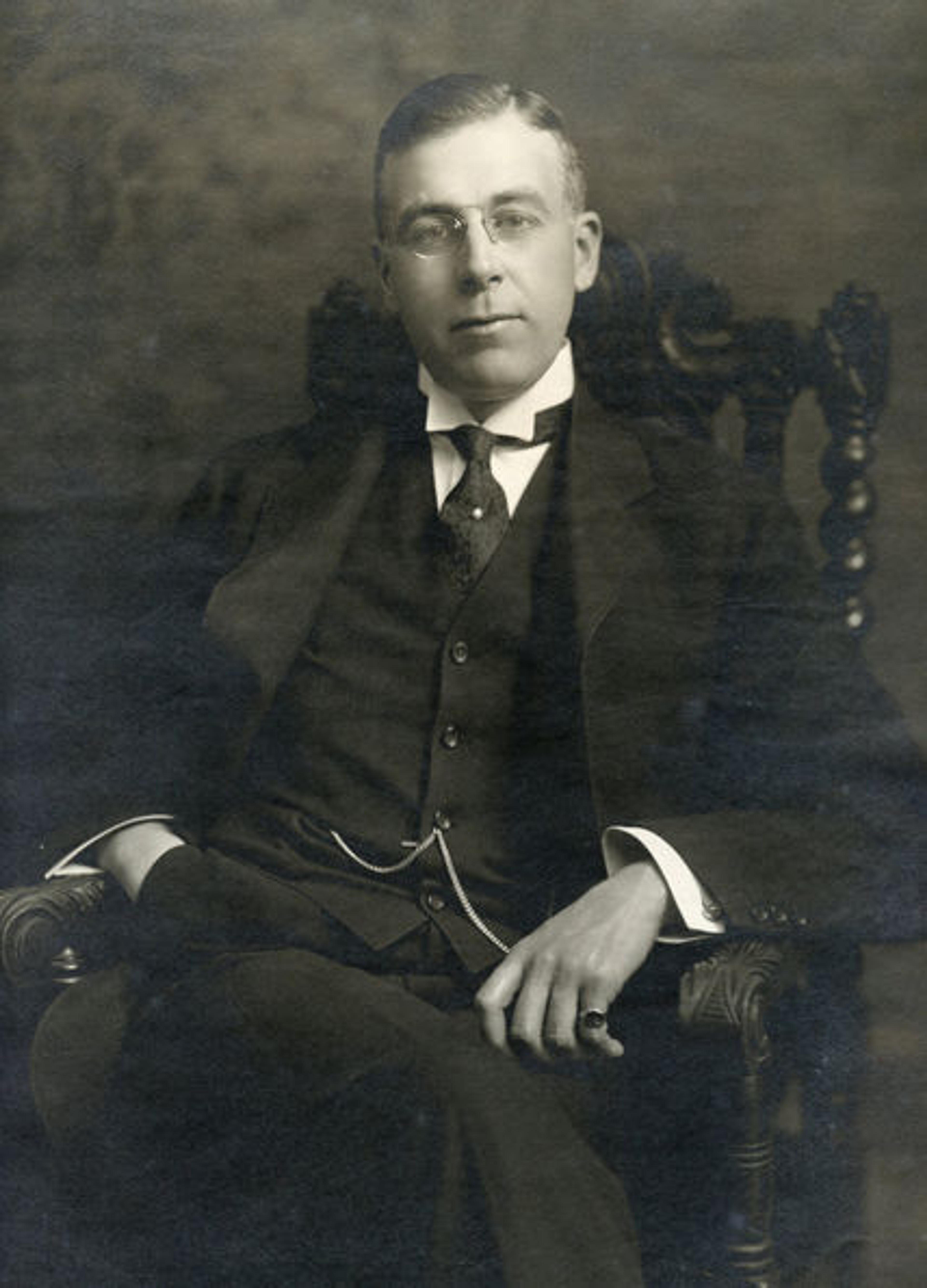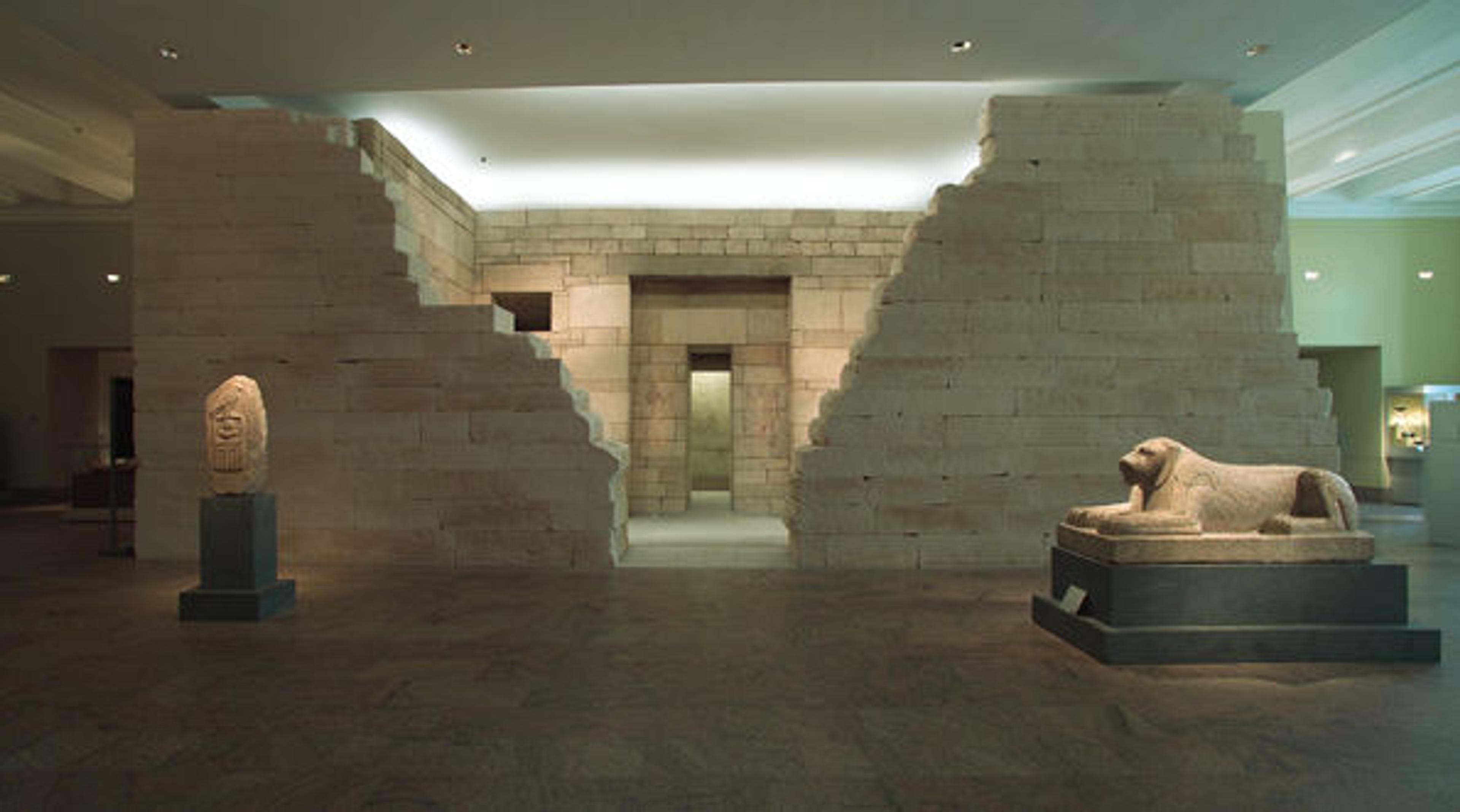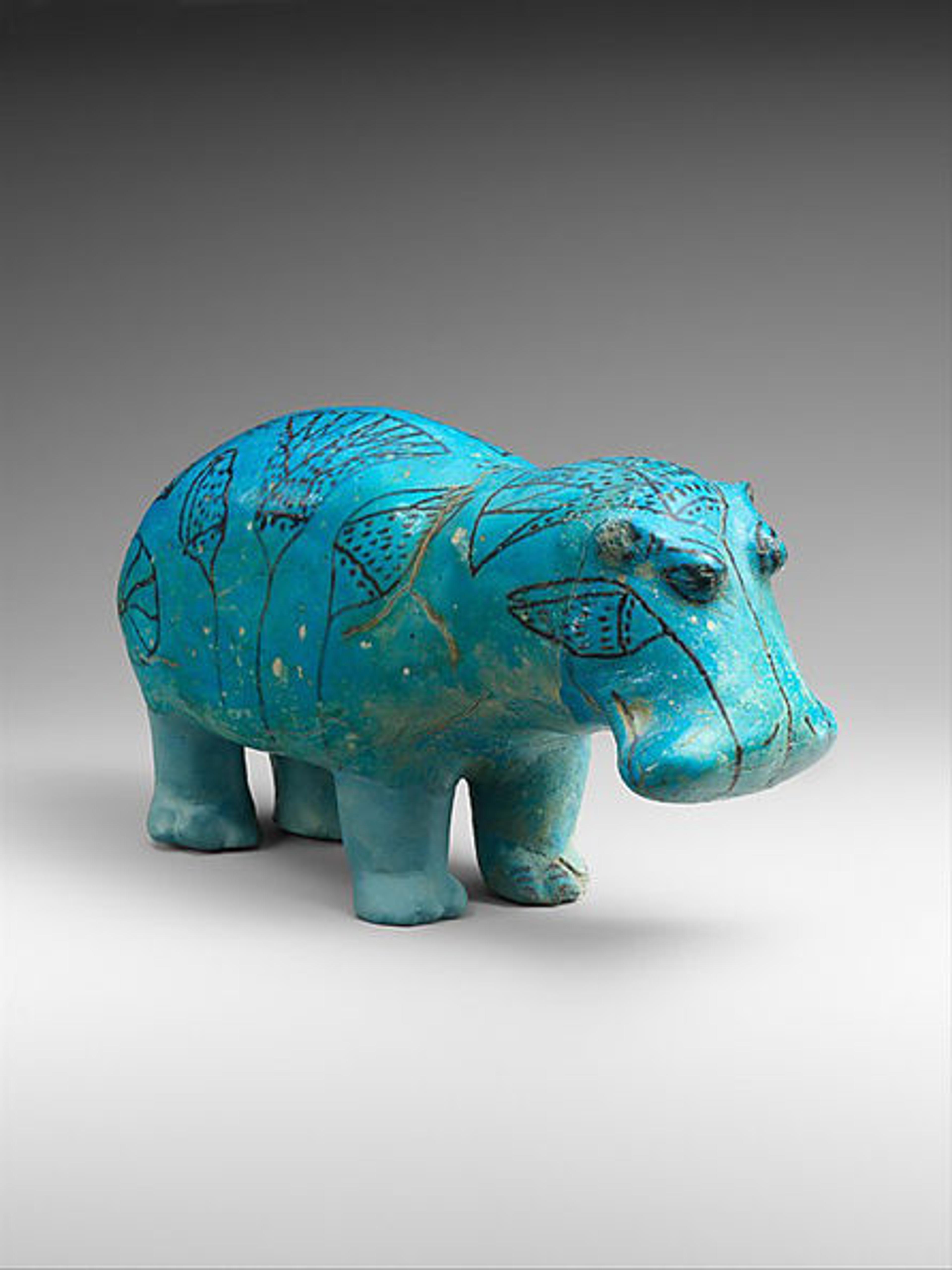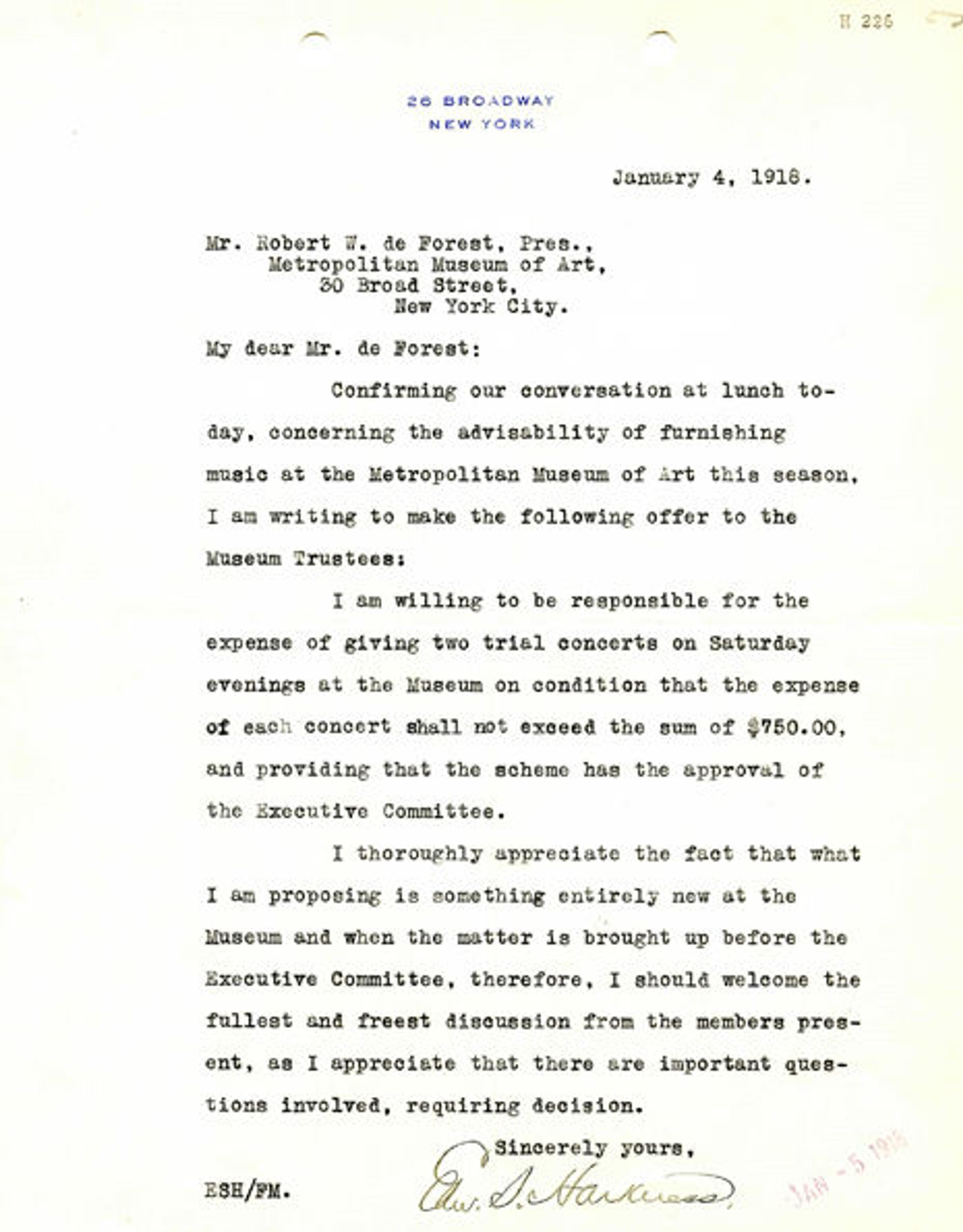This Weekend in Met History: October 28
«October 28, 2012, marks the centennial of the election of Edward S. Harkness as Trustee and Fellow for Life of The Metropolitan Museum of Art. A lifelong philanthropist estimated to have donated one hundred million dollars to charity, Harkness spent twenty-eight years working on the Museum's behalf. A number of his gifts are among the most beloved and visited works of art within the Met's galleries.»

Edward S. Harkness, The Metropolitan Museum of Art Archives
One of four sons of Stephen V. Harkness, who was an early business partner of John D. Rockefeller, Edward Harkness was born on January 22, 1874, in Cleveland, Ohio. He attended Yale University and Columbia Law School. He later became close friends with Albert Lythgoe, the Museum's first curator of Egyptian art, who was married to the cousin of his wife, Mary Stillman Harkness.
Under the leadership of its president, J. Pierpont Morgan, the Met established the Department of Egyptian Art in 1906. Morgan was a key supporter of the Metropolitan's earliest excavations in Egypt, centered on several sites along the Nile. Upon Morgan's death in 1913, Harkness became an enthusiastic patron of the department, and in the years that followed he began to visit the Museum's expedition headquarters in Egypt and to contribute financially to the program. In 1913 he purchased the complete Tomb of Perneb, which was shipped and installed in a prominent position in the Egyptian galleries.

Mastaba Tomb of Perneb, Old Kingdom, Dynasty 5, end, ca. 2381–2323 B.C. Egypt. Limestone, paint. The Metropolitan Museum of Art, New York, Gift of Edward S. Harkness, 1913 (13.183.3)
Over the next decade Harkness contributed more than $200,000 for the purchase of the Carnarvon Collection, a group of precious objects assembled by the Earl of Carnarvon, one of the men responsible for the discovery of the tomb of Tutankhamun. In 1929 he purchased an automobile for the Egyptian expedition team, which made it easier to get from the base headquarters to various digs. Perhaps the most beloved object given to the Museum by Harkness was a faience statuette of a hippopotamus, popularly known as "William" and considered to be the unofficial Met mascot.

Hippopotamus, Middle Kingdom, Dynasty 12, first half, ca. 1961–1878 B.C. Egypt. Faience. The Metropolitan Museum of Art, New York, Gift of Edward S. Harkness, 1917 (17.9.1)
Although the Egyptian department was Harkness's passion, the entire Museum benefited from his contributions. In 1912, the same year as Harkness's election to the Board of Trustees, the Museum created the Department of Arms and Armor. Bashford Dean, the main force behind its success, died in 1928, leaving behind a large personal collection that was in danger of being dispersed. Harkness's contribution of $100,000 toward its purchase in 1929 ensured that the best items were retained for the Museum. (Learn more about Bashford Dean through a special exhibition marking the centennial of the Department of Arms and Armor.)
Harkness was also a strong proponent of music in the Museum, and he provided funding to support the first symphony orchestra concerts at the Metropolitan. These took place in the Great Hall in February 1918 under the conductorship of David Mannes, inaugurating a long tradition of classical music performance in Museum spaces.

Letter from Edward S. Harkness to Museum President Robert W. DeForest, Office of the Secretary Records, The Metropolitan Museum of Art Archives
Edward S. Harkness died on January 29, 1940, at the age of sixty-six. His widow, Mary, continued to support the Met. The legacy of their generosity is enjoyed by today's visitors in galleries throughout the Museum.
Aleksandr Gelfand
Aleksandr Gelfand was formerly an intern in the Museum Archives.